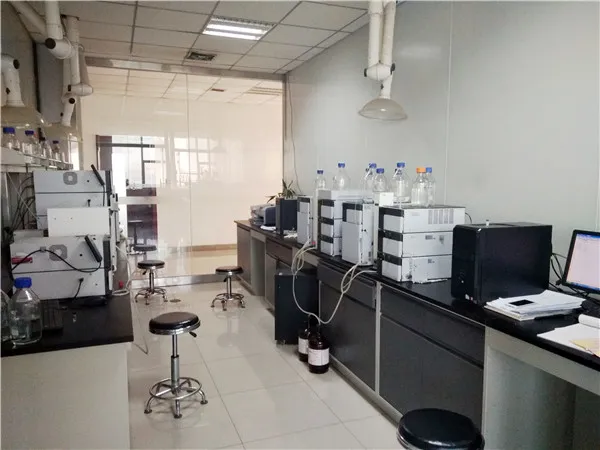Chemical Use in Cooling Towers An Overview
Cooling towers are essential components in many industrial and commercial facilities, functioning primarily to reject heat from processes or machinery into the atmosphere. The efficiency of these systems is vital for energy conservation and operational effectiveness. However, maintaining optimal performance of cooling towers requires careful management of water chemistry. This is where chemicals come into play. In this article, we will discuss the various chemicals used in cooling towers, their functions, benefits, and the importance of proper management.
Primary Chemicals Used in Cooling Towers
1. Biocides One of the main challenges in cooling tower operations is the growth of biological organisms such as algae, bacteria, and fungi. These organisms can form biofilms, leading to fouling and ultimately reducing heat transfer efficiency. Biocides, which can be chlorine-based or non-chlorine alternatives like bromine, play a critical role in controlling microbial growth. Regular dosing with biocides helps to keep the system clean and prevent potential health hazards associated with legionella bacteria.
2. Corrosion Inhibitors The water used in cooling towers often contains dissolved oxygen and other corrosive substances that can lead to metal deterioration over time. Corrosion inhibitors are added to the cooling water to minimize the oxidation of metals in the system. Common corrosion inhibitors include phosphonates and molybdate compounds, which form protective layers on metal surfaces, significantly extending the life of equipment.
3. Scale Inhibitors As water evaporates in cooling towers, dissolved minerals such as calcium, magnesium, and silica can precipitate and form scale on the surfaces of the cooling equipment. Scale buildup can impair heat transfer and reduce system efficiency. Scale inhibitors, such as polyacrylic acid or organophosphate-based products, are used to control this phenomenon by keeping these minerals in solution and preventing their deposition on surfaces.
chemical used in cooling tower

4. pH Adjusters Maintaining balanced pH levels in cooling water is crucial for optimal chemical performance and to protect the system from corrosion and scaling. Acidic or alkaline conditions can be adjusted using pH adjusters such as sulfuric acid or sodium hydroxide. Regular monitoring and adjustments help ensure the system runs efficiently and remains protected from chemical imbalances.
Importance of Proper Chemical Management
While chemicals play a vital role in the performance and longevity of cooling towers, improper use or management can lead to environmental contamination and potential regulatory issues. Therefore, it is essential to implement a comprehensive water treatment program that includes regular monitoring, analysis, and adjustments. This program should be tailored to the specific needs of the cooling tower system, considering factors like water source, operational conditions, and regional regulations.
Furthermore, ongoing training for maintenance personnel on the safe handling of chemicals and adhering to best practices can ensure that the cooling towers operate efficiently while minimizing risks to health and the environment.
Conclusion
The effective use of chemicals in cooling towers is fundamental for maintaining their efficiency and longevity. By understanding the roles of biocides, corrosion inhibitors, scale inhibitors, and pH adjusters, facility managers can develop a robust water treatment strategy that promotes optimal performance. The right balance of chemical usage helps in ensuring system reliability, reducing maintenance costs, and complying with environmental standards. Thus, investing time and resources into proper chemical management will yield substantial long-term benefits for cooling tower operations.

